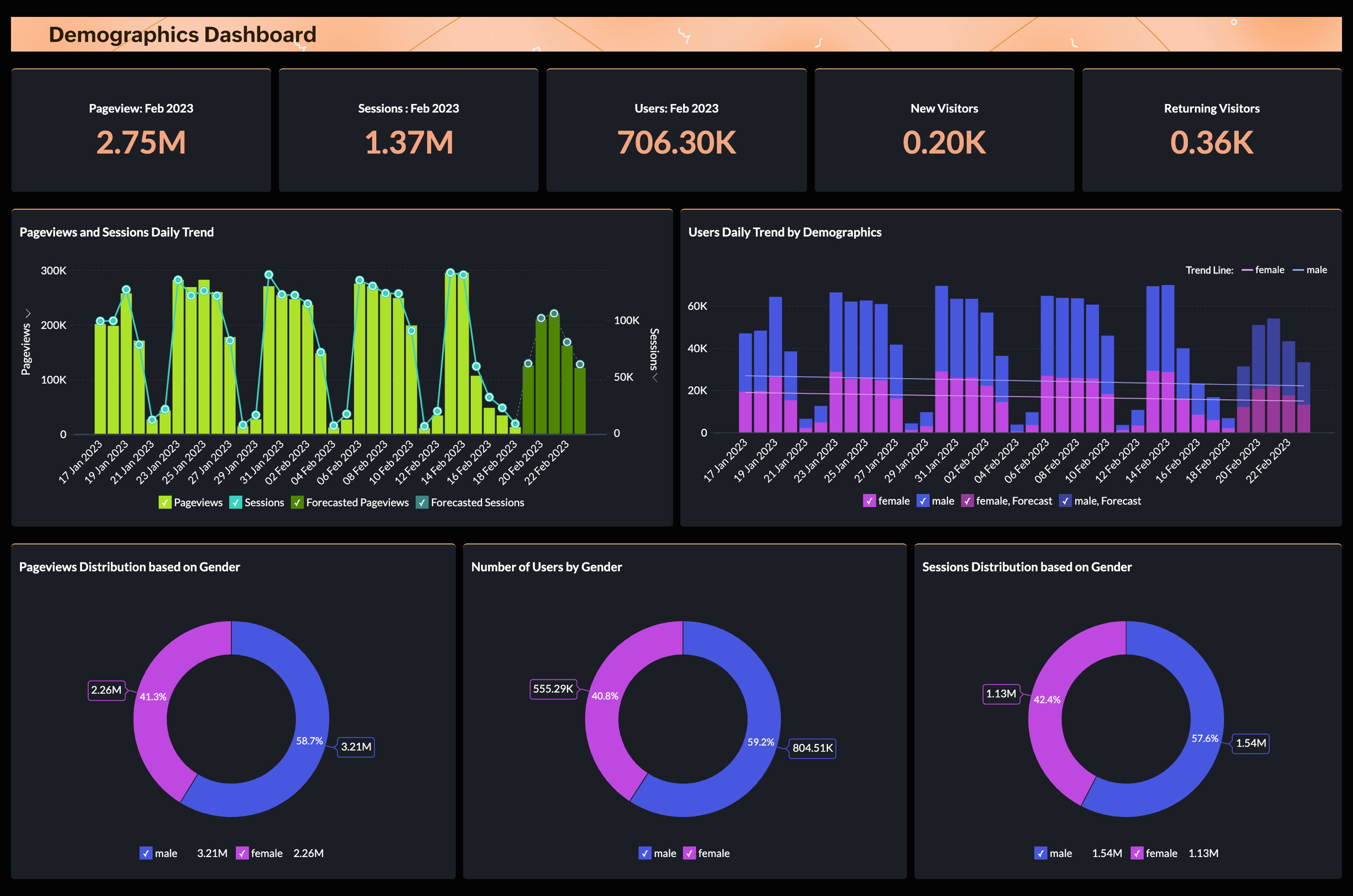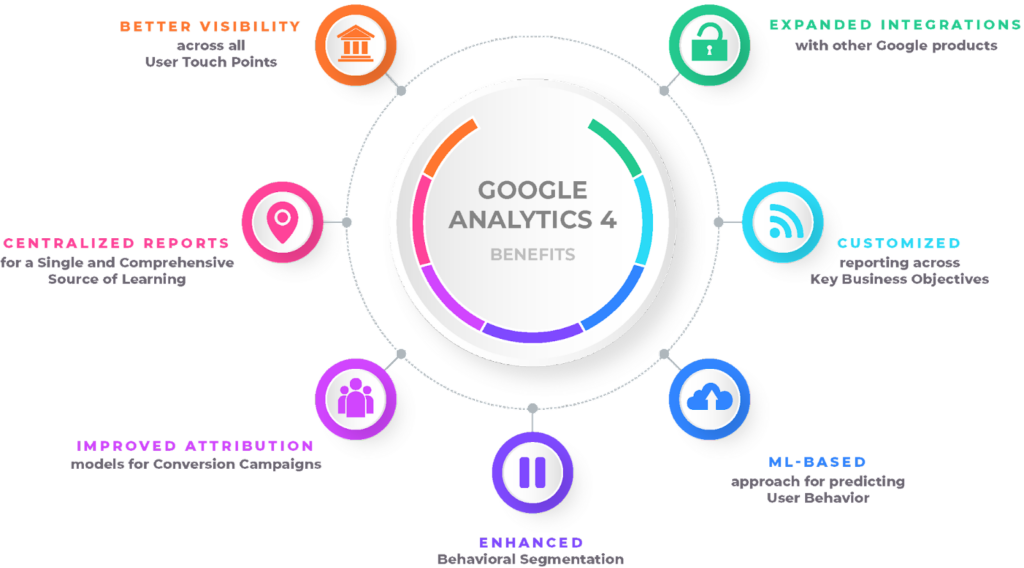Unboxing the Secret: When Does the Google Analytics Tracking Code Send an Event Hit to Analytics?
Unboxing the Secret: When Does the Google Analytics Tracking Code Send an Event Hit to Analytics?
Blog Article
Master Website Insights With Accurate Google Analytics Tracking Code
The efficient use of Google Analytics hinges on the specific implementation of its tracking code, a fundamental action commonly forgotten by website proprietors. What are the usual challenges that could undermine your monitoring initiatives, and how can you make sure precision in your technique?
Understanding Google Analytics Fundamentals
Google Analytics is an important device for website proprietors and online marketers, supplying very useful understandings right into customer actions and internet site performance. At its core, Google Analytics accumulates information regarding site visitors to a website, enabling customers to analyze metrics such as web traffic resources, user interaction, and conversion prices. Recognizing these fundamentals is important for maximizing a website's efficiency and improving customer experience.
The system employs cookies to track interactions, recording data such as web page views, session periods, and bounce prices. This details is accumulated and offered through customizable dashboards, making it possible for individuals to picture patterns with time. Trick efficiency indications (KPIs) can be monitored, such as the total number of users, new versus returning site visitors, and the geographic distribution of the audience.
Moreover, Google Analytics offers segmentation features, allowing customers to separate particular website traffic resources or customer demographics for even more targeted analysis. By grasping these foundational elements, website proprietors can make enlightened choices regarding material technique, advertising campaigns, and total website enhancements. Eventually, understanding Google Analytics fundamentals is vital for leveraging data to drive growth and attain service goals successfully.
Establishing Your Monitoring Code

Replicate the given monitoring code and paste it right into the HTML of your web site. Ideally, this code ought to be put in the header section of every page you desire to track. This guarantees that the tracking code loads prior to any type of other content, allowing it to capture data precisely. There are plugins readily available that streamline the integration procedure. if you are making use of a content management system (CMS) like WordPress.
After installation, validate that the tracking code is operating properly by utilizing Google Tag Aide or the Real-Time reports in Google Analytics - when does the google analytics tracking code send an event hit to analytics?. This action is necessary to verify that your data collection is active and accurate, setting the structure for insightful evaluation
Common Monitoring Code Issues
This may happen when the tracking code is put in the wrong area of the site's HTML, typically leading to absent or incomplete information. Furthermore, having multiple circumstances of the tracking code on a solitary page can result in inflated metrics, as customer interactions could be counted more than when.
An additional issue occurs from using ad blockers, great post to read which can prevent the monitoring code from implementing completely, hence skewing information. when does the google analytics tracking code send an event hit to analytics?. Furthermore, failing to configure filters correctly can lead to the exclusion of important traffic resources or the inclusion of undesirable referral spam, distorting the information accumulated
Site owners might also neglect the importance of tracking code updates, especially when moving to Google Analytics 4 (GA4) from Universal Analytics. Lastly, insufficient screening prior to launching adjustments can result in undetected errors in the monitoring code, even more complicating information reliability. Attending to these common concerns is crucial for ensuring exact monitoring and informative analytics.
Studying Site Data Efficiently
Exact information collection is only the initial step in leveraging Google Analytics; the actual value hinges on properly evaluating that information to drive informed decision-making. To accomplish this, it is necessary to recognize essential efficiency indications (KPIs) that straighten with your organization objectives. Concentrate on metrics such as conversion rates, individual involvement, and traffic sources, as these will certainly give insights right into individual behavior More Bonuses and the overall performance of your website.
Making Use Of Google Analytics' division functions enables for a much deeper understanding of your target market. By damaging down data into details demographics, actions, and web traffic networks, you can uncover trends and patterns that notify targeted approaches. Implementing customized reports and dashboards can enhance this process, allowing fast access to important information.
Moreover, frequently assessing data fads gradually assists to identify anomalies and possibilities for improvement. Make use of visualization devices to existing information in an easily absorbable layout, assisting in a lot more effective communication with stakeholders. Inevitably, the ability to assess site information successfully equips organizations to make strategic decisions that improve individual experience, optimize marketing efforts, and drive development.

Finest Practices for Accurate Tracking
Executing efficient monitoring practices is essential for acquiring reputable data in Google Analytics. To make sure accurate tracking, begin by correctly setting up the Google Analytics tracking code on every web page of your site. This can be accomplished via a tag supervisor or by straight installing the code into the HTML.
Following, configure your Google Analytics account to exclude inner web traffic. This can be done by establishing filters that identify and remove blog here brows through from your organization's IP address, thus preventing skewed information. Furthermore, make use of event tracking to monitor certain individual communications, such as downloads or video plays, which standard web page sights may neglect.
Consistently investigate your tracking configuration to verify that all features, such as objectives and ecommerce monitoring, are working effectively. Establish a consistent identifying convention for your projects and occasions to help with simpler reporting and analysis.
Finally, think about leveraging UTM specifications for campaigns to get understandings right into the efficiency of various advertising and marketing initiatives. By adhering to these ideal techniques, you can boost the accuracy of your data collection and analysis, ultimately leading to even more enlightened decision-making for your internet site.
Conclusion
By making sure the tracking code is appropriately placed and regularly investigated, website proprietors can capture essential individual communication data, hence facilitating the recognition of key efficiency indications. Eventually, a durable tracking framework boosts the ability to drive involvement and improve general website efficiency.

Not enough screening before launching changes can result in unseen mistakes in the tracking code, further making complex data reliability.Implementing effective monitoring methods is essential for obtaining reliable information in Google Analytics. By guaranteeing the tracking code is appropriately put and routinely examined, web site owners can record important user communication data, hence helping with the recognition of crucial performance signs.
Report this page